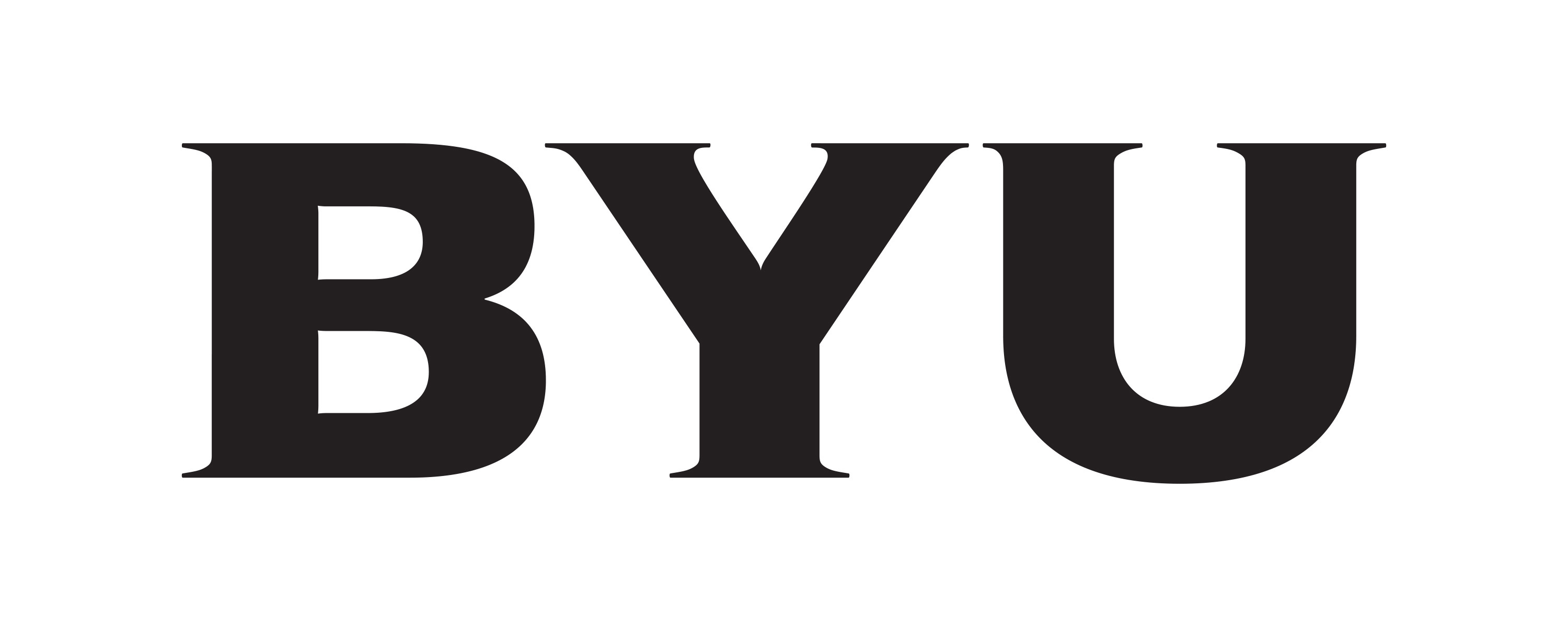August 18, 2014
Knowns and Unknowns
It can often be difficult for teachers to get students active in discussions of assigned reading early in the semester. However, this activity can be used at any point to help generate conversation in micro-discussions before opening their ideas to the whole class.
August 18, 2014
Identifying Logical Fallacies
This activity is very helpful to use during a Rhetorical Analysis unit. It can be used at almost any point during the beginning of the unit, and is very helpful to get students interested in persuasive arguments.
August 18, 2014
Pillars of Apology
First week of class, this is an icebreaker and community building activity.
August 18, 2014
Fish Hook
This activity is best when students are developing their first research essay and after audience consideration has been discussed.
August 18, 2014
Say What? Design and Delivery with PowerPoint
This activity is designed for any class in which students are giving an oral presentation using a delivery aid like PowerPoint. Not only will it help build clear content for visual design, but also will ensure more comfort in delivery. It is essential that each student participate in the sample activity to build comprehension and build the class community.
August 18, 2014
Pass The Buck
August 18, 2014
Critical Analysis of Letter as Essay
The Letter as Essay assignment introduces the class to place-based writing. It allows students to begin to analyze the places they find themselves most interested in on campus and take the analysis to written form. In writing their letters to people from home, people who perhaps have never been to Iowa State, the student can take a critical look at the campus and describe in a genre that may be less formal than the subsequent essays they will be writing.
August 18, 2014
PowerPoint Prep
This is a classroom-based activity. I usually use this activity before students present in class. This is activity is a good way of helping students to see the problems many presenters must face, but in a tone that lets the students see the problems as comical. The nature of this activity creates a very light and friendly atmosphere in the classroom.
August 18, 2014
Trailer Comparison
This is a classroom-based activity. I usually use this activity before a visual rhetorical analysis unit. I think this activity is a good way of helping students see visual content, and how that content is designed for a particular audience. The interactive nature of this activity creates a very energetic beginning to any visual unit.
August 18, 2014
Poster and Brochure Analysis
This activity is intended for a 50-minute session of an English 150 class. To be successful in this exercise, students should have had some practice in genre analysis as outlined in John Trimbur’s “The Call to Write,” as well as a familiarity with the visual and design strategies outlined in excerpts from Molly Bang’s “Picture This” (provided). By this point in the semester, students are continuing to develop their understanding of genre by both analyzing and composing writing projects that conform and combine different genres of formal and informal writing. Assignment #5 asks them to take the content from either Assignment #3 or Assignment #4, and translate that content into the genre of a poster or brochure. To this end, this exercise challenges student to think critically about posters and brochures as a genre. They will collect “artifacts,” or genre samples, that they will then analyze for their conventions and rhetorical styles. They will complete an assignment worksheet that asks them to identify genre conventions while also analyzing design choices. Through an instructor facilitated class discussion, the students will develop an understanding of these genres in their own words, so that they may later develop a how may compose their own posters and brochures in ways that are rhetorically effective. The instructor will need the following materials for this exercise: The worksheets provided, a laptop, a classroom with both a digital projector and a document camera (both included in all classrooms in Ross hall).
